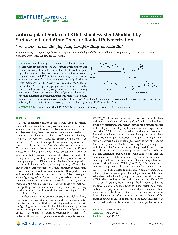摘要
Polished 316 L stainless steel (SS) was first treated with air plasma to enhance surface hydrophilicity and was subsequently allowed to react with 2-(4-chlorosulfonylphenyl)ethyltrimethoxysilane to introduce an atom transfer radical polymerization (ATRP) initiator. Accordingly, the surface-initiated atom transfer radical polymerization of polyethylene glycol methacrylate (PEGMA) was carried out on the surface of the modified SS. The grafting progress was monitored by water contact angle measurements, X-ray photoelectron spectroscopy and atomic force microscopy. The polymer thickness as a function different polymerization times was characterized using a step profiler. The anticoagulative properties of the PEGMA modified SS surface were investigated. The results showed enhanced anticoagulative to acid-citrate-dextrose (ACD) blood after grafting PEGMA on the SS surface.
- 出版日期2011-5
- 单位苏州大学
